Recent Victims:
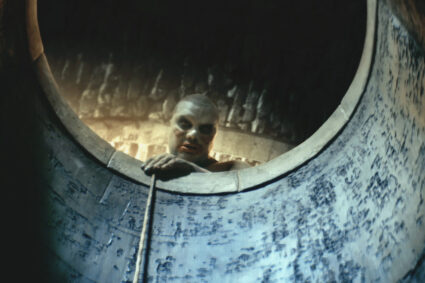
Director Federico Zampaglione along with cowriter Stefano Masi have crafted a solid slab of grisliness that scratches just the right kind of gore-hound itch.
Movie Reviews Movies & TV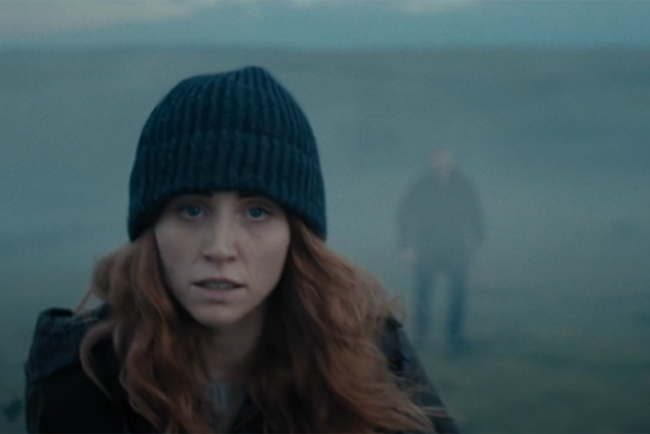
Get out your old topographical maps, dangle your magic pendulums, and set your intentions to finding dead children because you’re about to enter The Moor.
Movie Reviews Movies & TV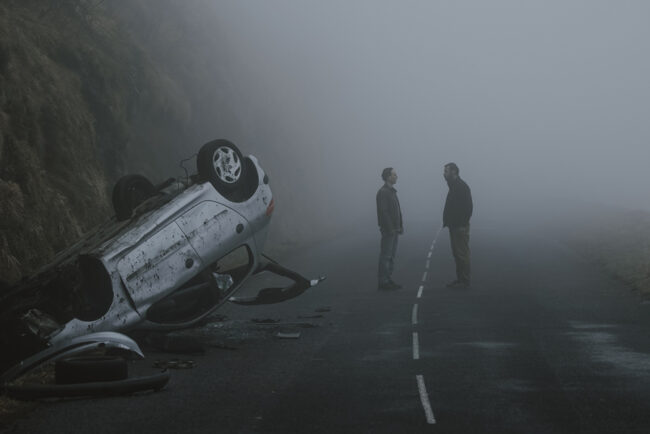
What exactly is Hell? Is it the eternally burning netherworld of the Bible, where you get poked and prodded by red guys with pitchforks?
Movie Reviews Movies & TV
The man responsible for generations of night terrors and new authors is back with another thrilling jaunt into the unknown.
Book Reviews Books & Comics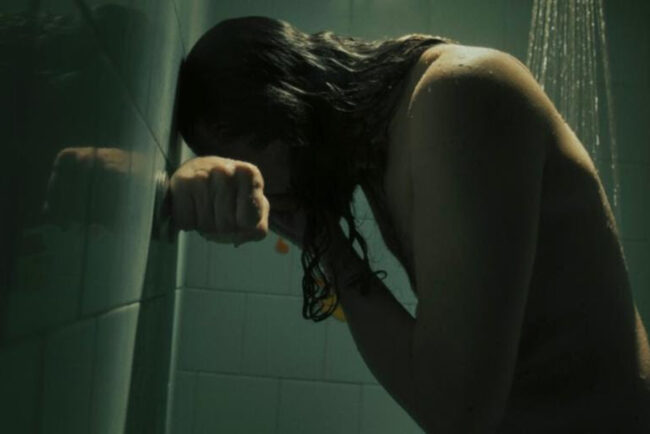
Who would have thought that this goofy title might be the most disturbing movie of the year? Possibly the decade. Turns out it’s that kind of movie.
Movie Reviews Movies & TV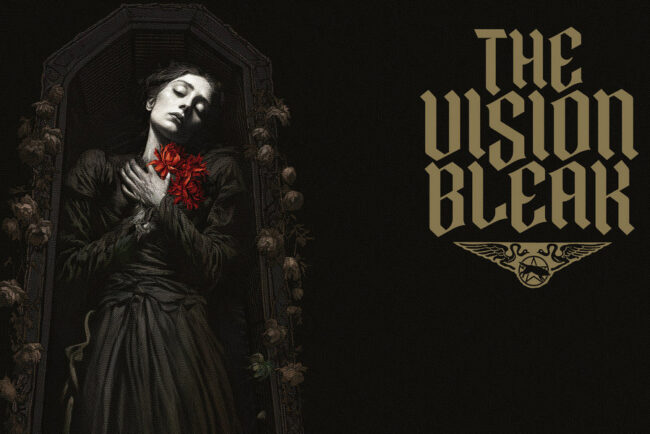
Sure, metalheads can sing about anger, alienation, fast cars and hot chicks, but the number of heavy bands dealing with the multiple shades of horror is legion.
Music & Events Music Reviews
Are you a senior in college looking to stand out in your sorority? Why not adopt a murderous Xenarthra mammal as your mascot?
Movie Reviews Movies & TV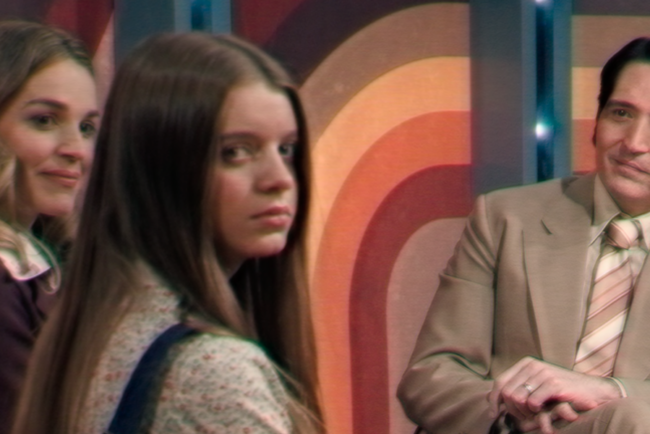
Late Night with The Devil is one of the best films I have seen in the last few years. The storyline hits differently than a typical horror film.
Movie Reviews Movies & TV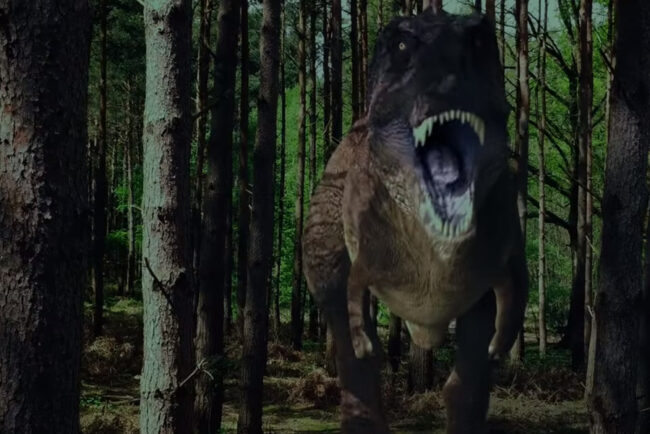
There are plenty of movies out there that can satisfy your needs for plot, but those movies don’t have dinosaurs, monsters, or time vortexes. This movie does.
Movie Reviews Movies & TV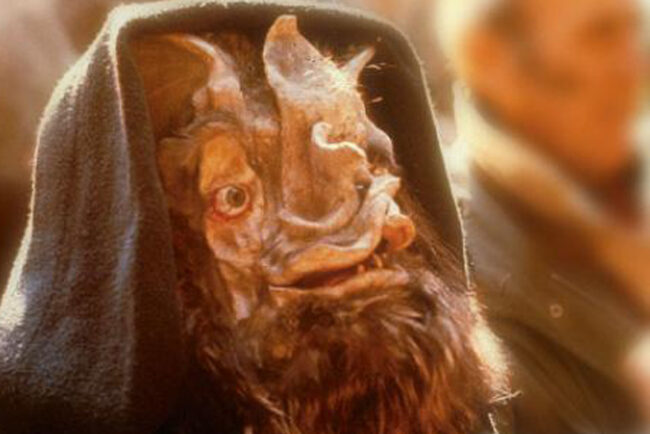
“How do we know, sir, what is dead? You come from the city. You cannot know the ways of the country.” –The Village Doctor, to the Judge.
Featured Article Movies & TV